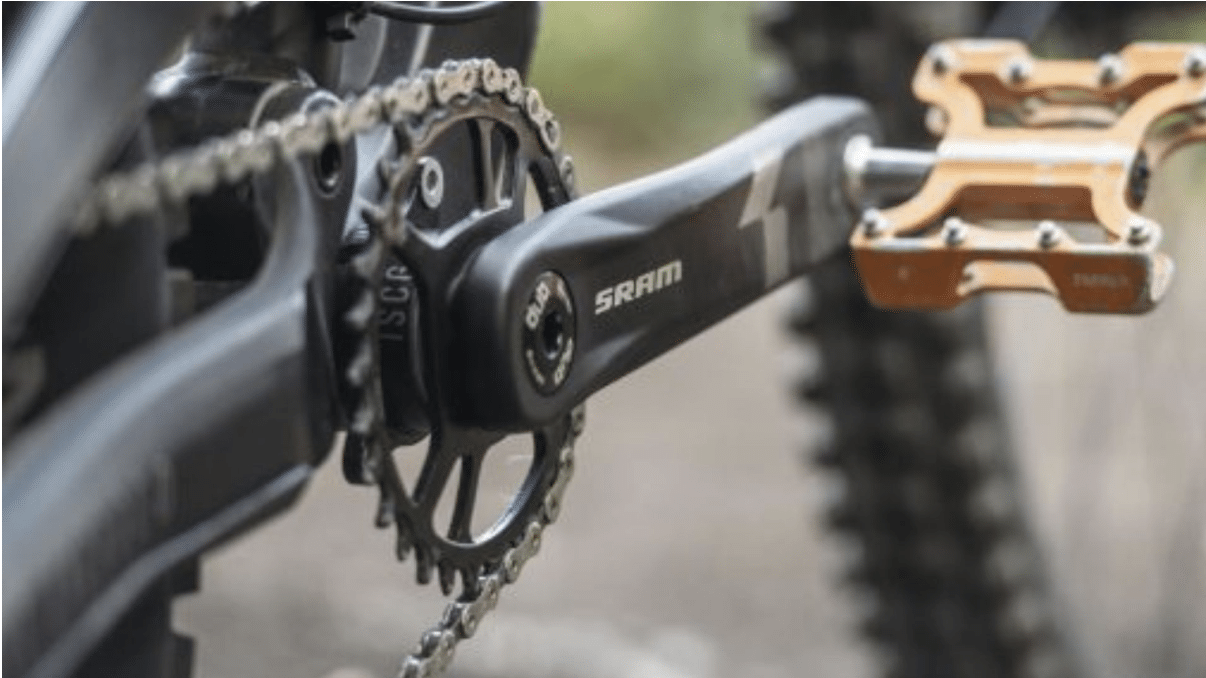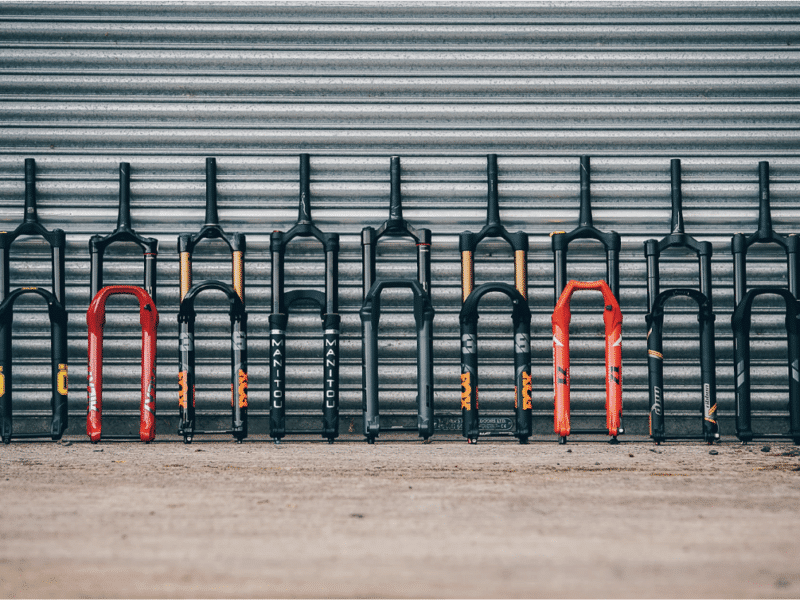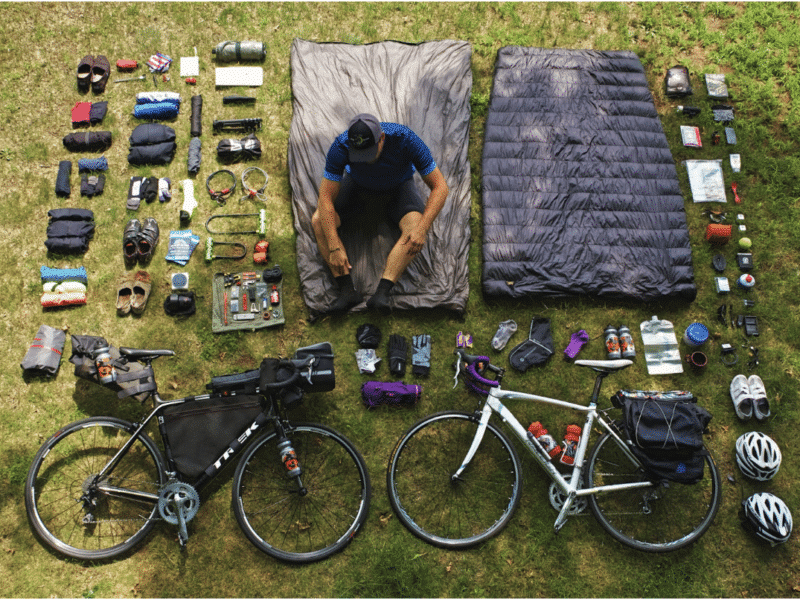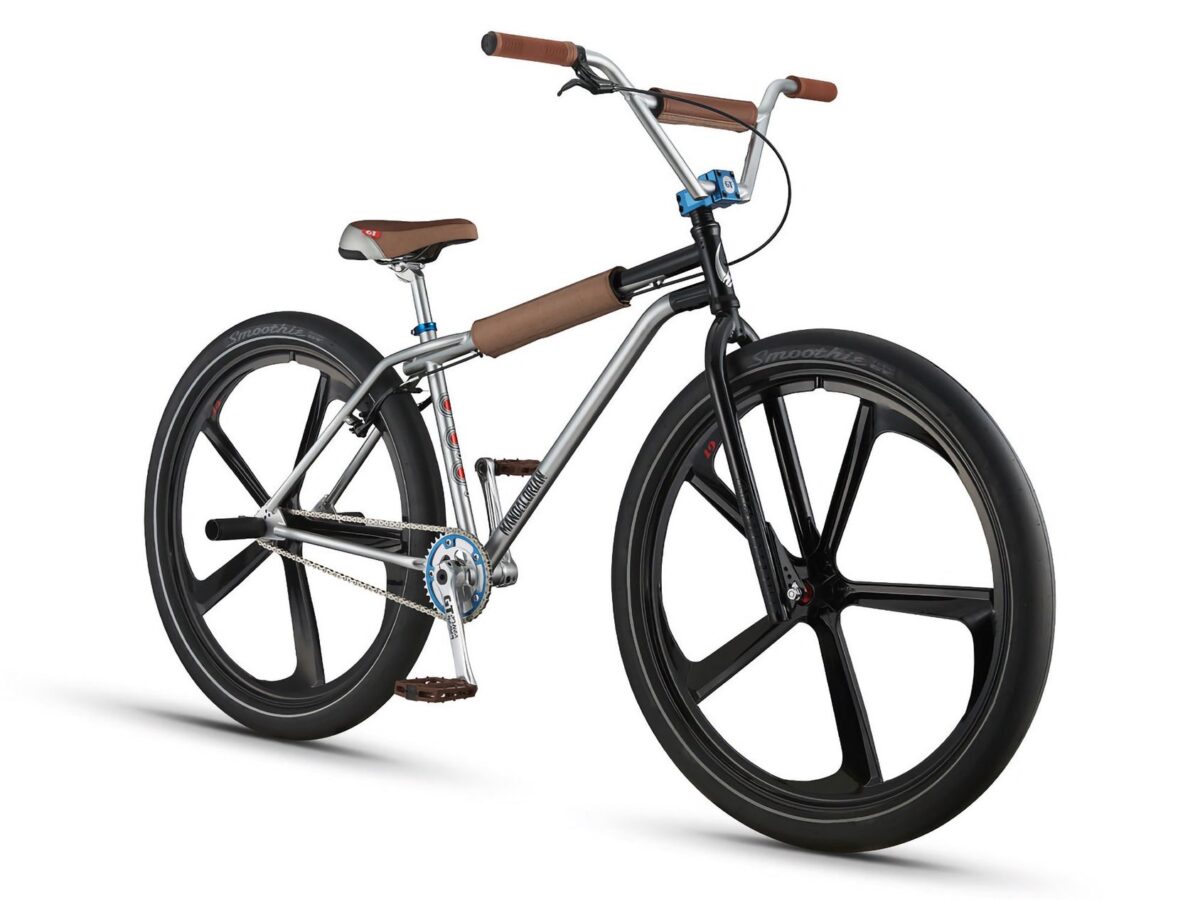One of the most important parts of your bicycle, and arguably the heart of any bike, is the crankset, also known as a chainset. The crankset is one of the most crucial components that help move the chain as you’re pedalling.
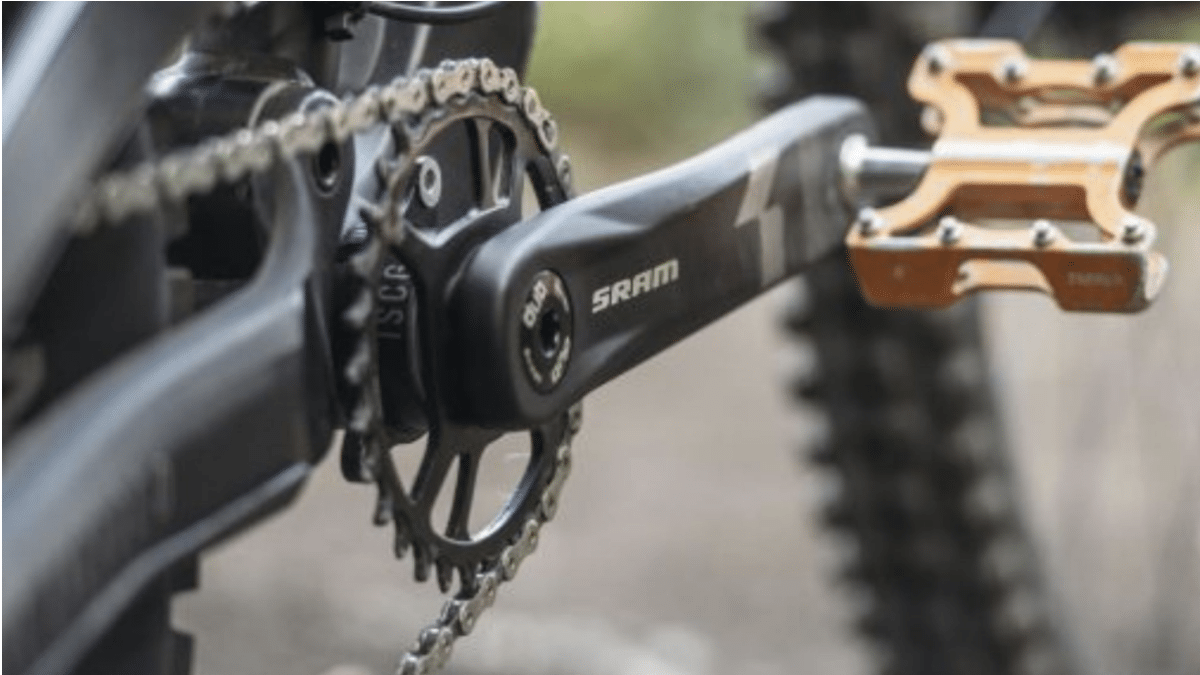
This guide will include all the information that you may need to know about cranksets, such as the various types, the chainring sizes, crank lengths as well as crankset compatibility.
What Exactly is a Crankset
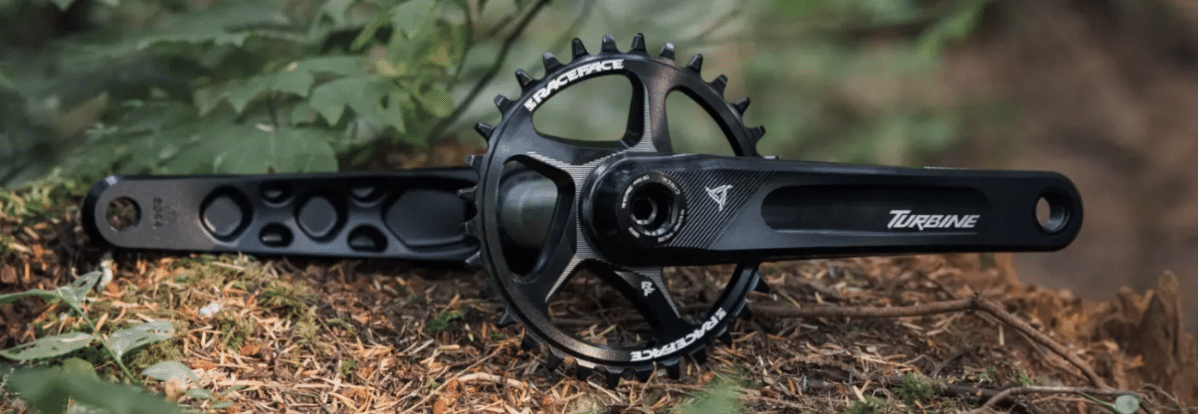
The crankset, simply put, is the part of your bike that you’ll pedal in order to move your bike forwards. If you live in North America then you may be familiar with people calling it a crankset, whereas in the UK they refer to it as a chainset.
The crankset isn’t just one component, but is made up of the two crank arms, which you attach your pedals to, and between one and three chainrings, which is the part that your chain will run over.
With the more modern bikes and cranskets coming out, the crankset could also include the part in the middle, the axle or spindle, which connects the two sides with one another. However, in the more traditional and older cranksets, this axle part of the bike will usually be part of the bottom bracket, which is essentially just the bearing assembly that will hold the cranks to the bike’s frame.
The crankset of your bike will work together with your rear gearing, which will usually be provided by a rear derailleur as well as a cassette with a number of sprockets. It is important to select the correct crankset that is able to provide you with a wide enough range of gears so that you are able to select an appropriate gear for the terrain that you will be riding on.
Although from this short explanation of the crankset, it definitely sounds pretty simple, but the crankset is one of those bike components that hides its complexity in various options, standards and compatibility choices.
Crankset Sizes

Your typical road bike will usually come with two chainrings, whereas the latest mountain bikes will usually come with just one ring. Regardless, a modern system will be able to give you enough range for both getting up a hill but also riding faster. The single-ring crankset systems are known as 1x drivetrains and they’re becoming more and more popular on gravel bikes and can even be found on some road bikes as well.
The cassette isn’t the only thing that will define your bike’s gearing, the number of teeth on the crankset’s chainrings also plays a big factor.
The chainrings on your crankset can typically be found bolted onto arms that’ll stick out from the right-hand crank arm, which is commonly known as a spider. It is quite challenging to swap the number of chainrings that your bike is set up for, since the front derailleur and associated shifter will be specific for the setup that your bike comes with, and thus would also have to be replaced.
Power metres being incorporated into the crankset’s arms or spider have become more popular over time with performance-focused road cyclists, as well as some mountain bikers and gravel riders too. Another popular option for power metres are the pedal-based power metres.
Swapping Chainring Sizes
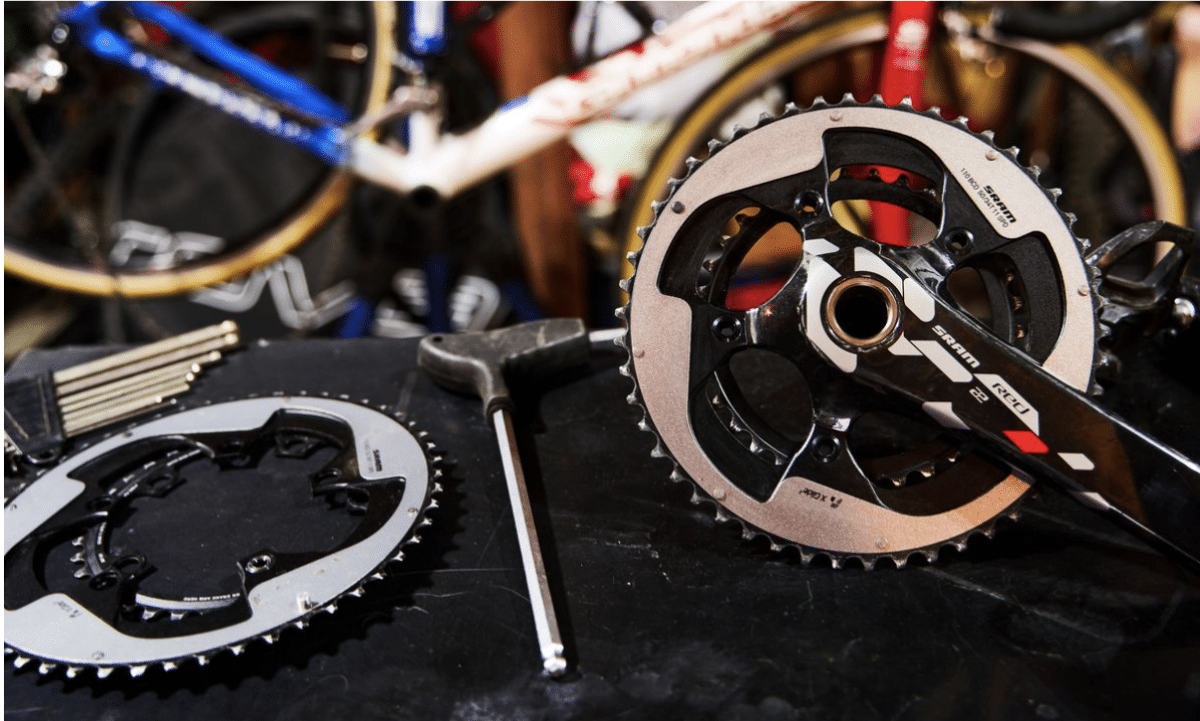
Swapping out your chainring sizes, especially on a double or a triple crankset, is definitely very challenging. This is because the specific chainrings that your bike comes with have been designed to work together perfectly, with tooth positioning as well as ramps on the rings to help the chain shift smoothly and flawlessly.
If you swap out your chainring and have a mismatched pair of rings on your bike, you may notice that your shifts might become very awkward, especially when jumping from the small to the large ring. By having a mismatched setup you also increase the risk of your chain actually falling off the rings completely whilst you’re riding, regardless whether you’re shifting up or down.
With a lot of the brands out there, they’ll actually tell you the recommended maximum difference in the number of chainring teeth that a front derailleur will be able to deal with. The teeth that are found on your chainring have also been sized for the exact number of gears that are on your bike, which means that you won’t, for example, be able to use an 8 speed chainring with an 11 speed chain since the teeth would be too wide in this situation.
If you’re thinking about swapping your chainring sizes then it would definitely be in your best interest to first check compatibility beforehand. If you have a bike with a single-ring setup then you will be a little luckier because you’ll only have to think about the chain length.
Crank Lengths
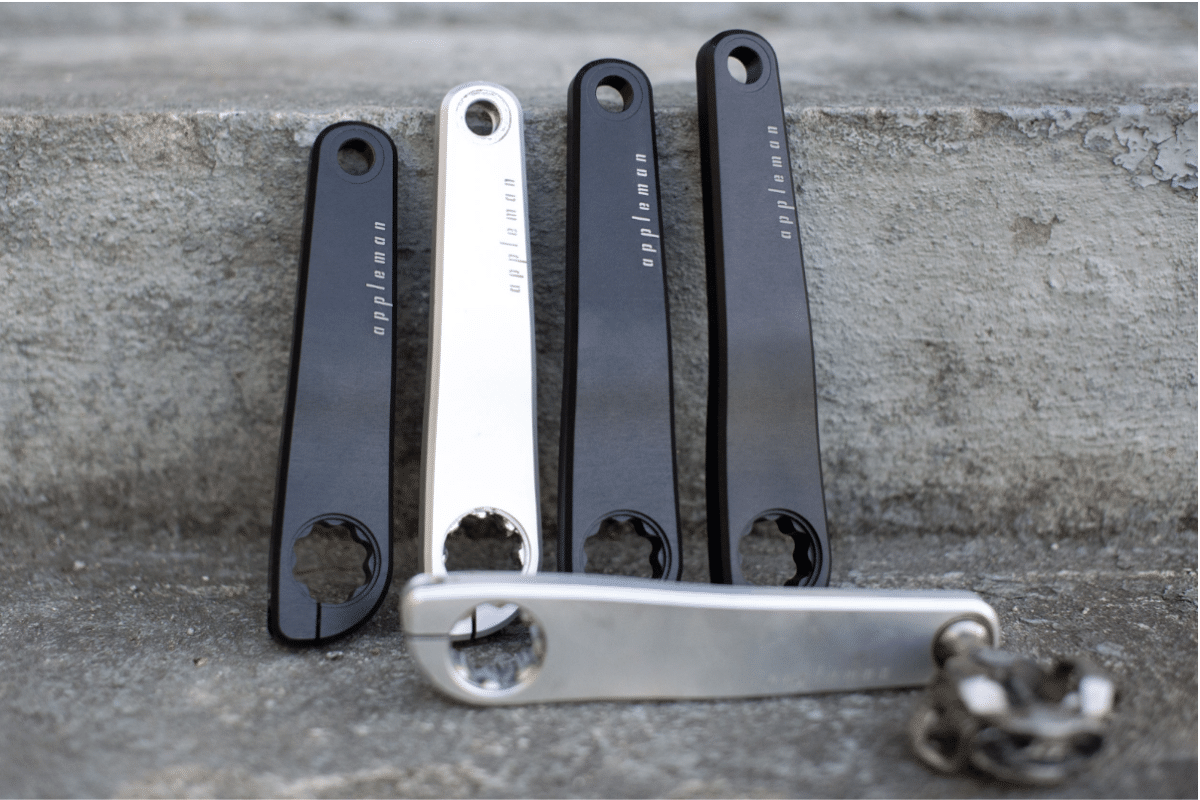
When it comes to the various crank lengths to choose from, there are quite a few options to go with. The shortest crank length that you’ll usually be able to opt for is 165mm, which is measured from the middle of the bottom bracket to the middle of the pedal spindle, and from here they increase by 2.5mm at a time, all the way up to 175mm, however there are some exceptions out there that can go to an even longer length.
The most common length that you’ll be able to find on a mid-sized road bike is usually 172.5mm, whereas on a mountain bike you’ll usually see crank lengths of 170mm or 175mm a lot more often.
If you have a longer crank arm on your bike then you’ll usually be able to get a lot more leverage. You’ll also be able to find these on the larger-sized bikes as well. You should be thoughtful and hesitant to just put a longer crank onto your bike since it will reduce your ground clearance and could snag in the ground, a rock or root whilst you’re pedalling through a fast corner or just off-road with lots of obstacles.
A shorter crank arm on the other hand is usually preferred by triathletes and tends to enable you to keep up a higher cadence and ground clearance.
Crankset Compatibility
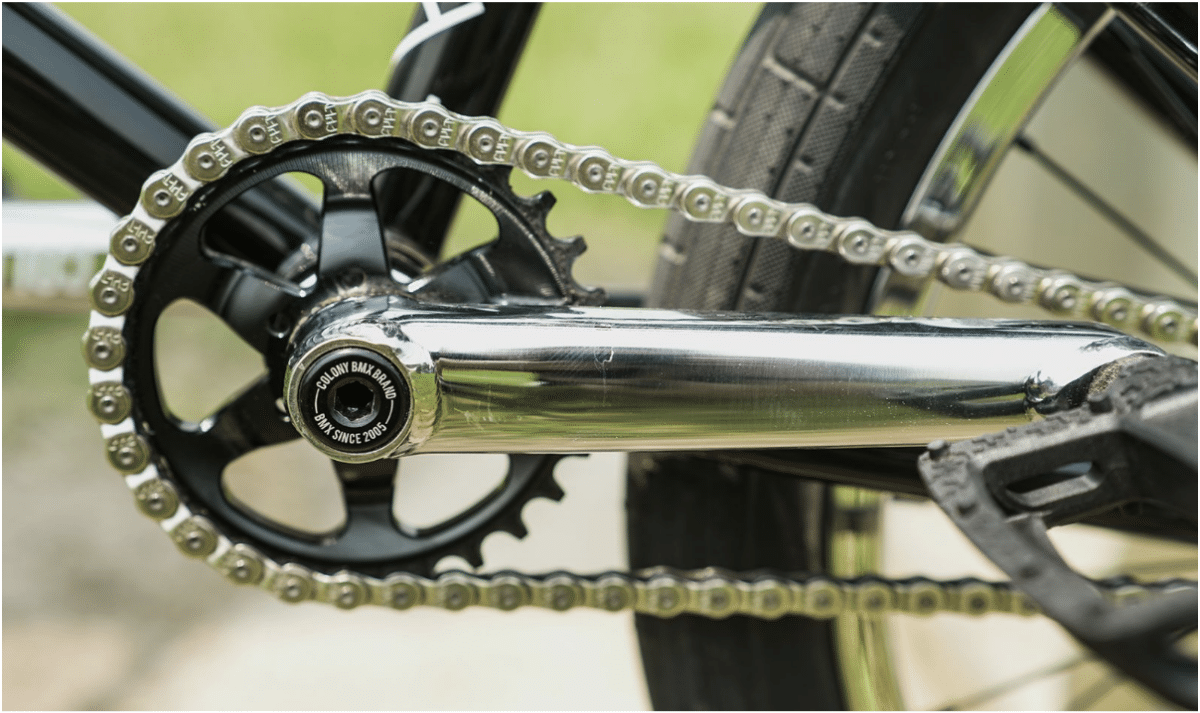
You will be able to replace the chainrings on your crankset, however not all of the chainrings will be able to fit all of the various cranks.
The first thing that you’ll have to realise is that different cranksets can have a different number of arms or direct-mount interfaces, which are the things that connect the cranks to the chainrings, and they also might be positioned a little differently from one another.
BCD – Bolt Circle Diameter
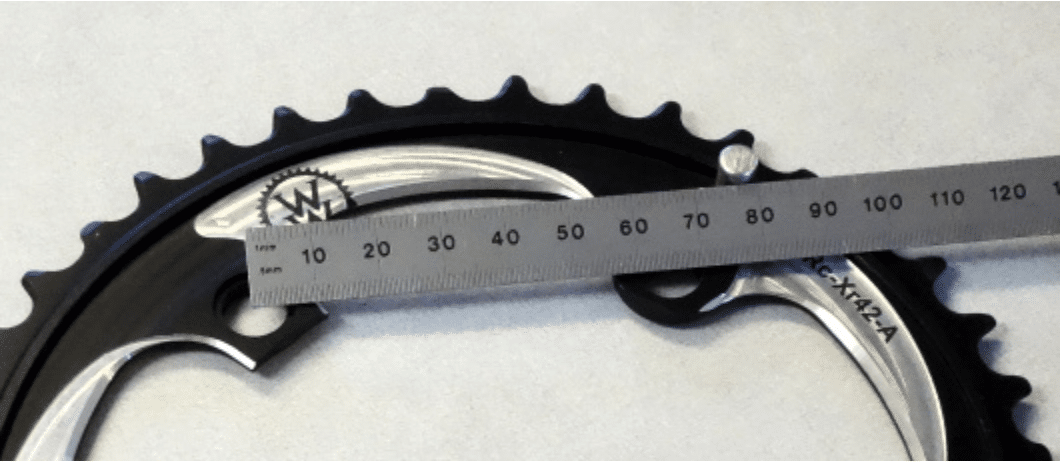
On a typical crankset, you’ll find that the chainrings bolt to the spider arms on the right-hand crank. These bolts are what form a circle around the spider. Then the actual BCD value is the distance across that circle at the centre line of the bolts, however in Shimano’s literature this is instead called the ‘pitch circle diameter’ or PCD.
This is a very important measurement because a replacement chainring not only has to have the same BCD as the crankset but must also have the same positioning of the bolts, in order for the two to join up.
Direct-Mount Cranksets

Direct-mount cranksets are increasing in popularity, this type of setup is where the outer chainrings are fixed directly to the crankset spindle. By doing this you end up eliminating the bolts as well as the arms and results in a bit of weight saving.
This type of crankset system is quite commonly seen on single-ring mountain and gravel cranksets. There are cranksets out there, such as the SRAM cranksets, such as Force AXS and Red eTap AXS, which have these direct-mount systems with the two chainrings CNC machined from a single piece of aluminium. SRAM have designed these cranksets in a way that improves the shifting as well as the chain management since the chainring is stiffer. However this does also mean that you’ll have to change the entire set if just one of the chainrings were to wear out.
Bottom Bracket Standards
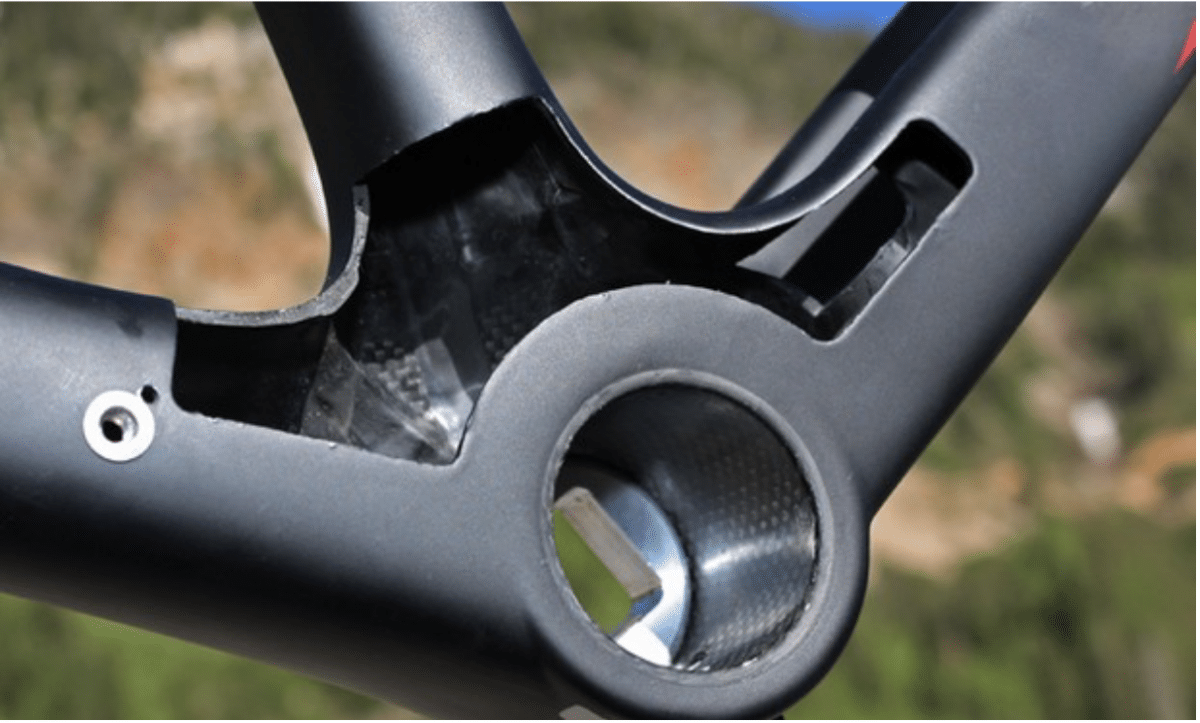
Another pretty complicated thing about cranksets is the huge number of bottom bracket standards.
The bottom bracket standard is something that covers the distance from the bearings within the bottom bracket shell, how they’re secured in your bike’s frame as well as the diameter of your crankset’s spindle.
If you purchase a road crankset then it usually wouldn’t fit in a MTB bottom bracket and vice versa, however this isn’t the case all the time. It does get a lot more complicated when it comes to the different standards within both mountain bike groupsets as well as road groupsets. You may be lucky and find that some are inter-compatible, but more often than not they won’t be, however you can also just buy adaptors for some of the combinations.
If you’re thinking about swapping out your crankset for a different one, then it is best to first establish the standard that your bike has and either just stick to it or ask for help from a professional in a bike workshop.
Final Words
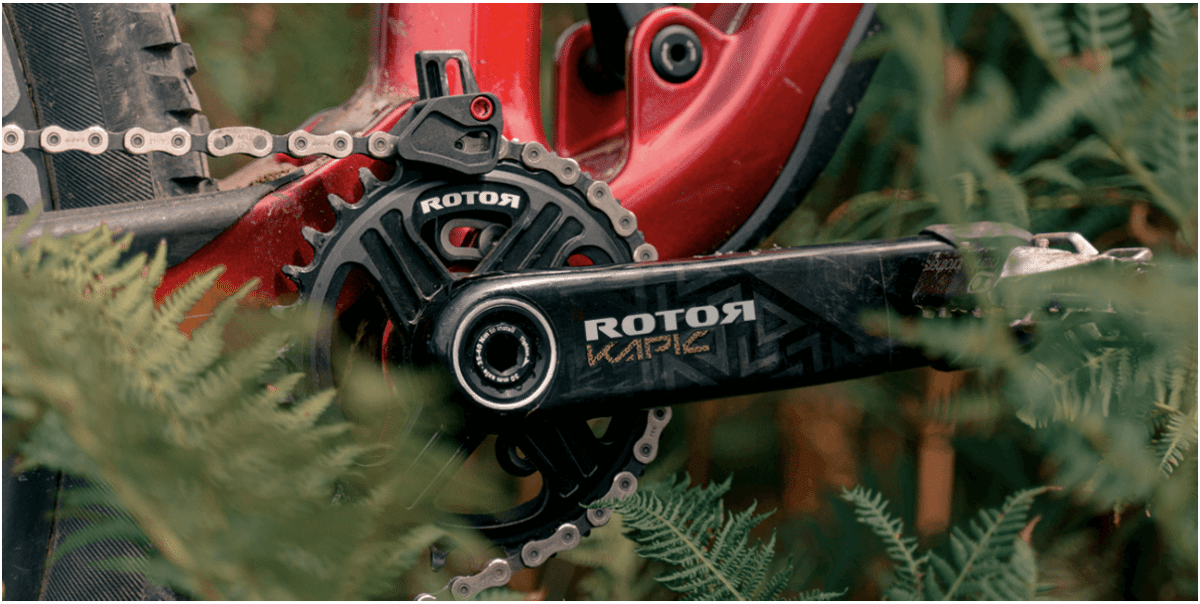
So, there you have a full guide to help you understand everything that you may have wanted to know about your bike’s crankset, whether it be what it is and how it works, or what you’ll need to know before switching them out.

